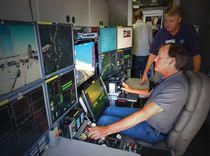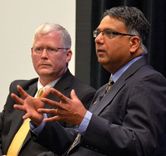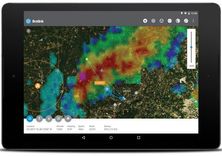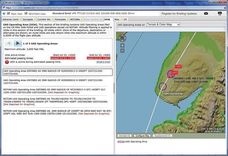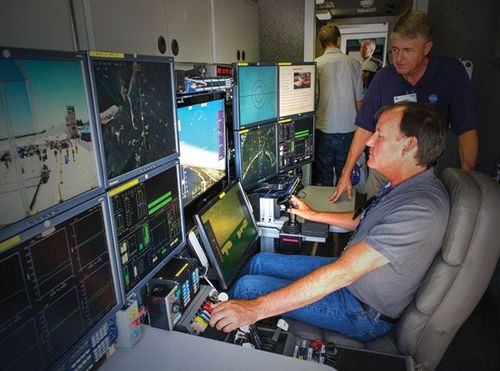UAS Summit & Expo
October 14-15, 2025
ALERUS CENTER | GRAND FORKS,ND
The UAS industry is in the midst of an economic and technological evolution. The 19th annual UAS Summit and Expo—set in Grand Forks, North Dakota, near the heart of some of the most prominent U.S. UAS activity currently happening—is set to showcase and explain the evolution of UAVs while revealing the current state of the commercial UAS industry. It’s the original epicenter of drone research, earned its place as the Silicon Valley of Drones and as you’ll see from the commercial, government and military flight activity filling the sky of the Northern Plains and beyond every day, it has truly become America’s UAS proving grounds.View More
